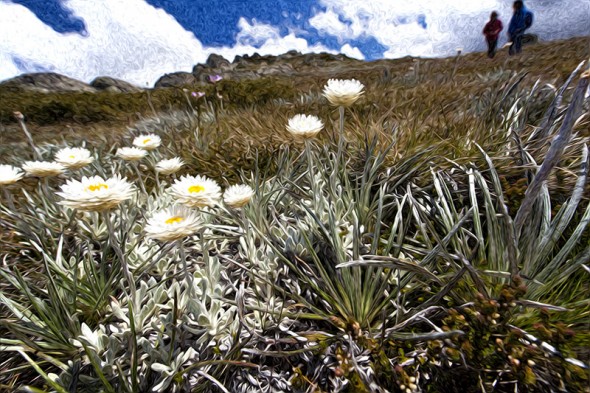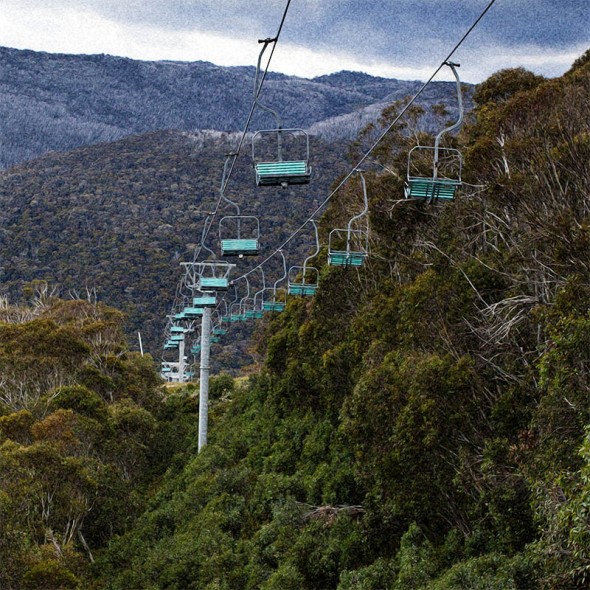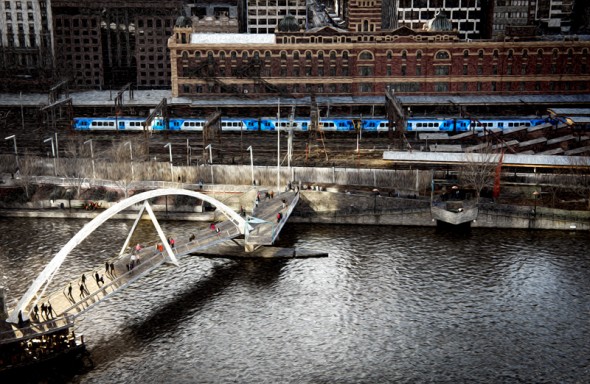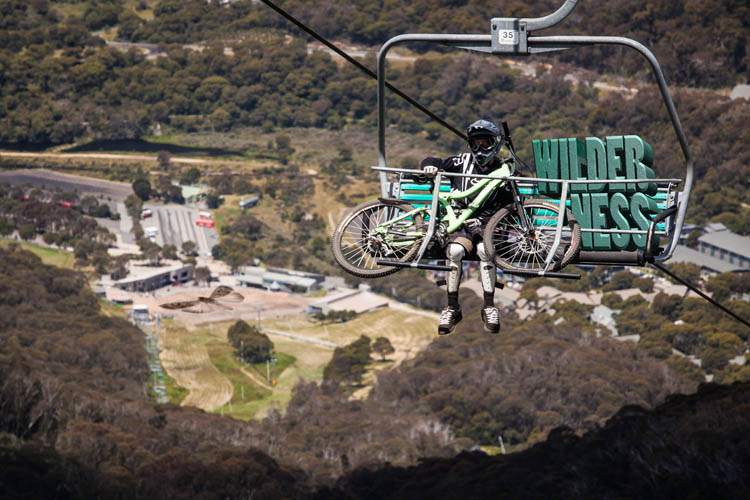There’s a number of ‘artistic’ effects filters that come as part of the Photoshop software (under the menu option ‘Filter’ in subfolders ‘Artistic’, ‘Brush strokes’ ‘Sketch’, ‘Stylise’ etc). By and large I try to avoid using them as I mostly don’t like the quite ‘processed’ image results that they produce. I do however make use of the Gaussian blur filter quite often (particularly when working to achieve flattering portrait skin tones) – and I have been known to apply a little of the ‘Poster edges’ effect to add some heavy clarity to edges on architectural shots. And then there’s the ‘Smart sharpen’ which I use almost routinely to crisp up RAW images – but I don’t really think of that as an ‘artistic’ effect.
So, anyway – apart from all the exceptions (!) – I don’t use the filters much. However I’ve recently been having fun playing with the ‘Oil Paint’ filter that comes as part of the Adobe Pixel Bender filter gallery. The Pixel Bender Gallery isn’t installed by default with Photoshop CS5 – you have to instal the add-in which can be done from this link on the Adobe site. Once installed, you’ll find that you have a new folder of effects filters under the ‘Filter’ menu option. There are a number of Pixel Bender effects, including Kaleidoscope, RippleBlocks and TunnelView, but the most useful and most effective one (in my view) is the Oil Paint filter.

Snow daisies on the Ramshead Range
There are five sliders which you can use to adjust the intensity and other parameters of the Oil Paint effect (Stylization, Colorization, Cleanliness, BrushScale and BrushContrast) which give you plenty of control over the effect delivered by the filter.

Thredbo chairlifts
The effect can quite subtle, or can scale up to produce a quite Van-Gogh-like result if you prefer. I find that it can be particularly nice as an effect applied to images containing vegetation, producing silky elegant curves of smooth colour. Chances are that I’ll tire of the effect quite soon (!), but till then it’s a nice one to play with, and no doubt a good one to have the repertoire of effects for use from time to time.

Yarra River bridge from Southbank
The whole issue of using effects filters on your images is an interesting one, with many photographers refusing to use this kind of image manipulation at all. They may consider the use of filters to be lazy or even ‘cheating’ – or they may simply just dislike the processed look of any images that don’t look 100% ‘natural’ (whatever that means!) Some of the debate and argument about the use of High Dynamic Range (HDR) techniques has a similar tone to it.
My own view is that it is in the end more of an aesthetic decision rather than a moral or purist issue. We are changing our images all the time by the decisions that we make, from the moment of choosing camera settings to capture the initial image, through to the range of post-processing techniques that may be subsequently applied. Post-processing effects filters are just one more option we have at our disposal in the toolbox to shape the final appearance of our images. The final judgment is whether it results in a visually compelling image for the intended viewer(s) – not how the image was produced. If those viewers look and think the result is too synthetic, ugly, clichéd or (worst of all!) uninteresting, then the image (or rather, the creator of the image) has failed.




